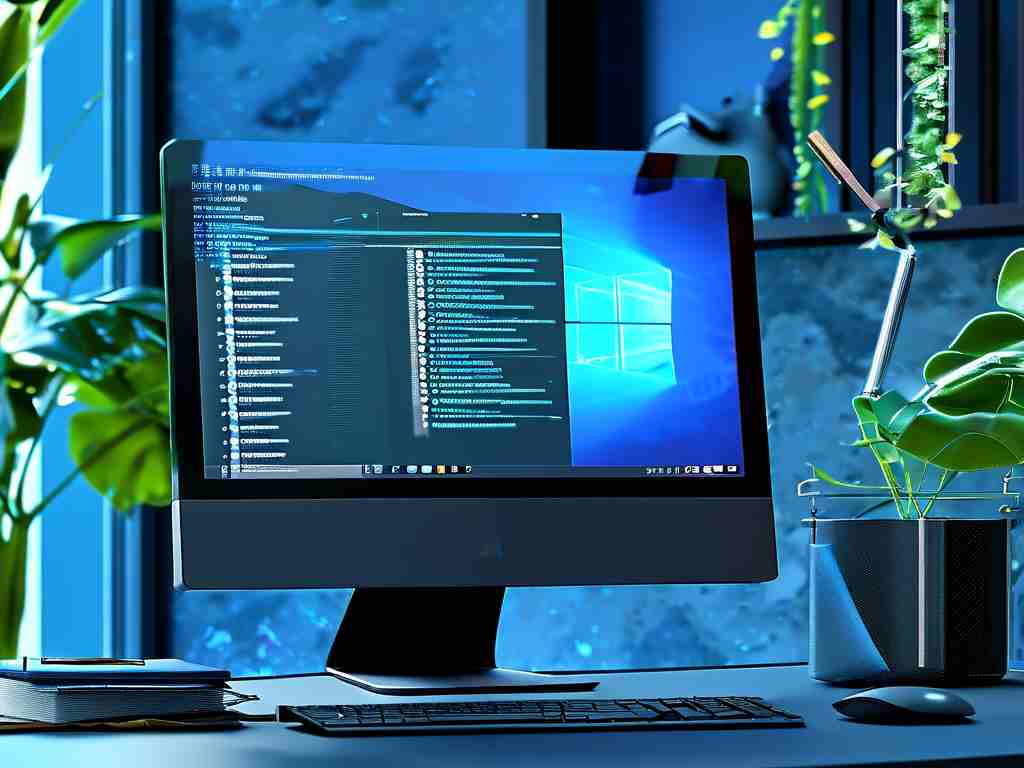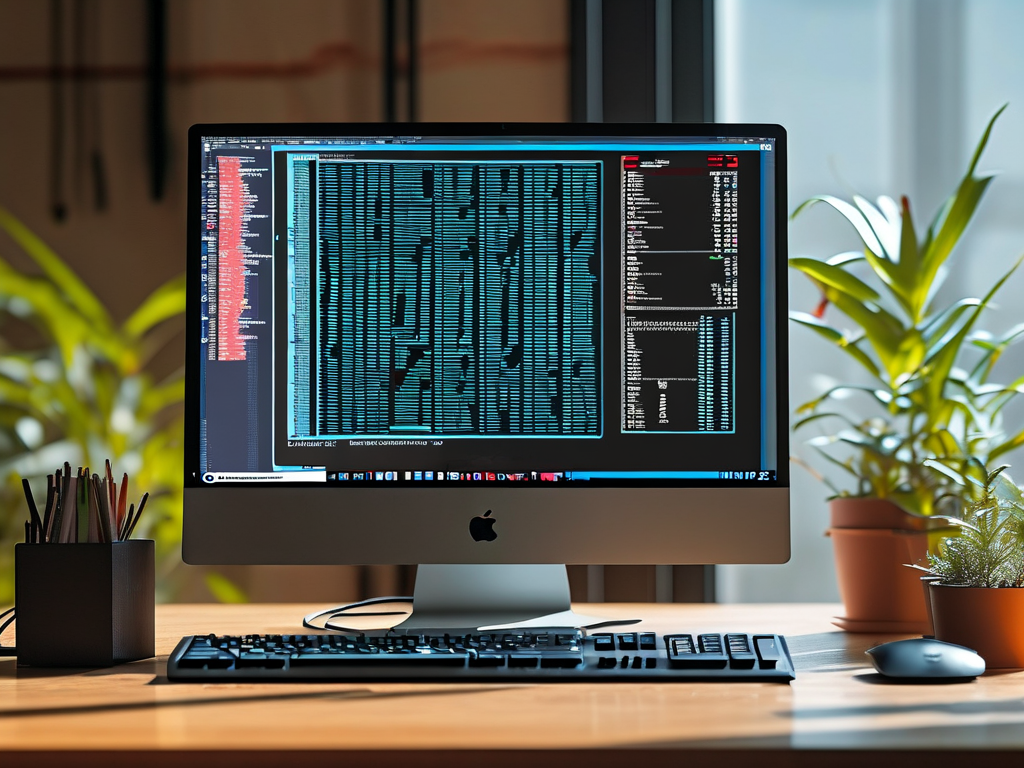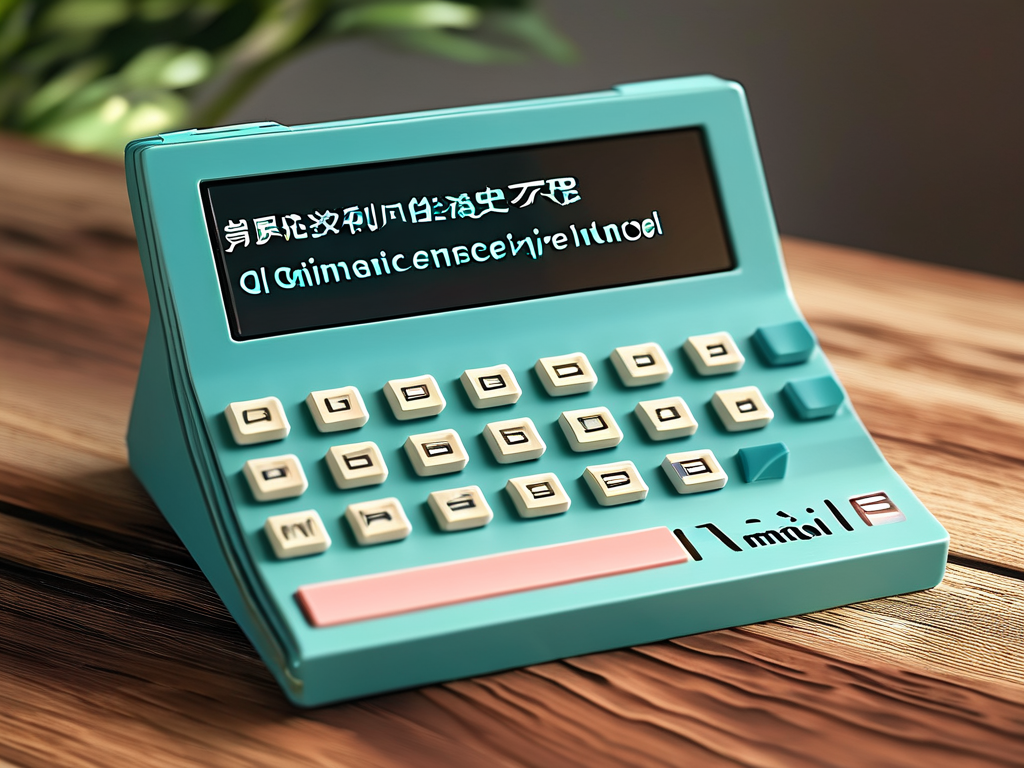In today’s fast-paced digital world, computers often struggle with sluggish performance due to accumulated memory junk. Temporary files, cached data, and residual fragments from uninstalled programs can clog system resources, leading to slower response times and frequent crashes. To combat this, specialized memory cleanup software has become essential for maintaining optimal PC health. This article explores five reliable tools designed to streamline memory management, along with practical tips to maximize their effectiveness.
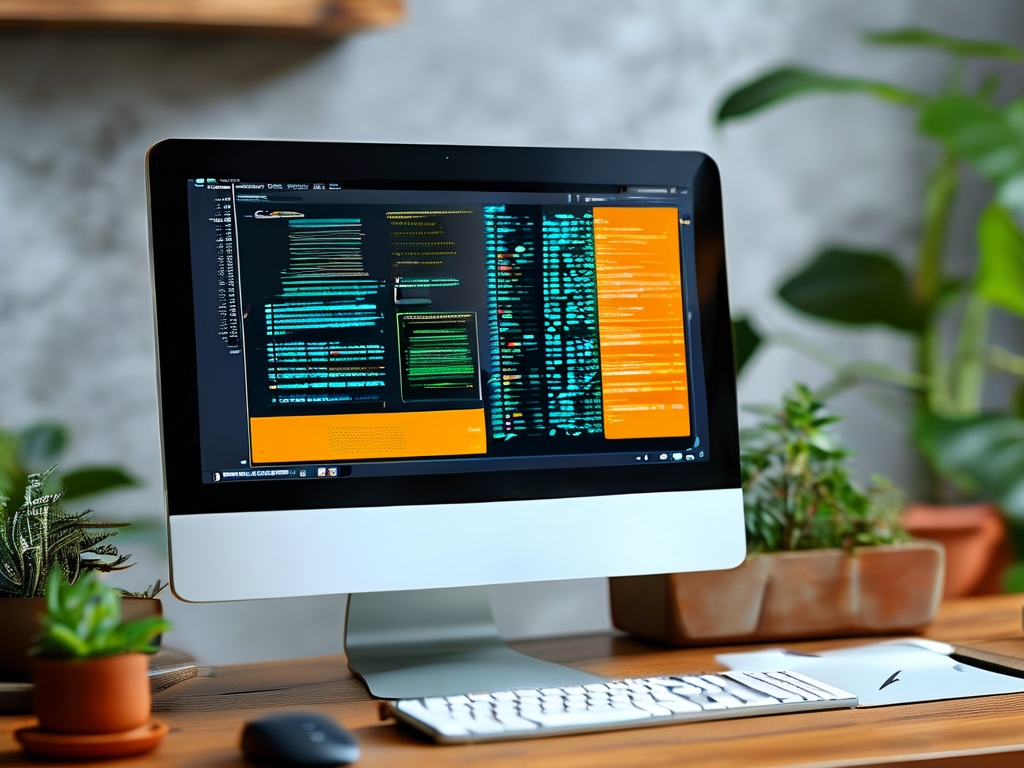
Understanding Memory Junk and Its Impact
Memory junk refers to unnecessary files and processes that occupy RAM or storage space. Over time, these remnants—such as browser cookies, update leftovers, and broken registry entries—degrade system efficiency. For instance, a user might notice delayed application launches or sudden freezes during multitasking. Left unaddressed, this clutter can shorten hardware lifespan and expose systems to security vulnerabilities through outdated temporary files.
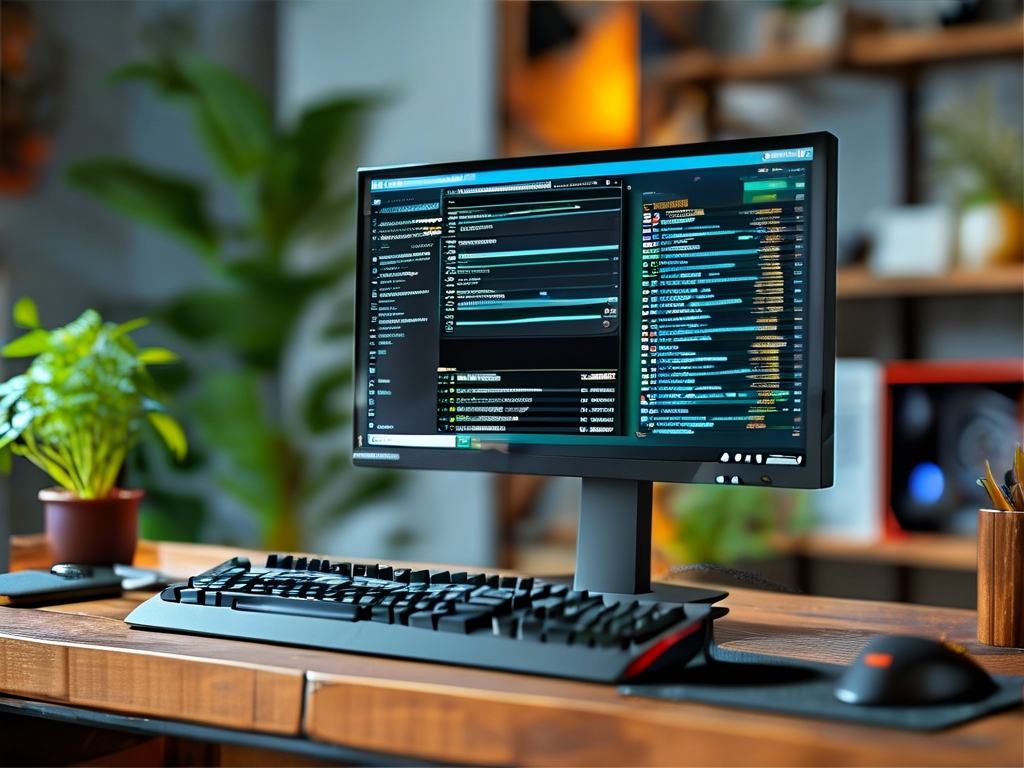
Top Tools for Efficient Memory Cleanup
-
CCleaner Professional
A household name in system optimization, CCleaner offers a robust suite of tools to clear memory junk. Its "Registry Cleaner" scans for invalid entries, while the "Disk Analyzer" identifies large, redundant files. Advanced users appreciate its scheduling feature, which automates cleanups during off-peak hours. A unique aspect is its browser plugin management, which removes unused extensions hogging memory. -
Wise Memory Optimizer
This lightweight tool focuses on real-time RAM optimization. By compressing background processes, it instantly frees up memory without restarting applications. Its minimalist interface appeals to casual users, while the "Smart Optimize" mode adjusts resource allocation based on usage patterns—ideal for gamers and video editors needing burst performance. -
Advanced SystemCare Ultimate
Combining cleanup tools with antivirus capabilities, this all-in-one solution tackles memory junk while blocking malware. Its "Deep Clean" mode erases traces of online activities across multiple user accounts, and the "Turbo Boost" feature suspends non-critical services during high-intensity tasks.
Best Practices for Using Cleanup Software
- Regular Maintenance: Schedule weekly scans to prevent junk accumulation.
- Selective Cleaning: Avoid deleting files from trusted applications marked as "junk" by mistake.
- Backup First: Use tools with rollback features, like IObit Uninstaller’s restore points, to recover accidentally removed files.
A recent case study involving a graphic design firm revealed a 40% reduction in rendering times after implementing automated weekly cleanups using CCleaner. Similarly, a survey by TechAdvisor found that 68% of users experienced fewer system crashes after adopting memory optimization tools.
Pitfalls to Avoid
Overzealous cleaning can sometimes backfire. For example, deleting prefetch files—a common target of cleanup tools—might slow down application launches. Additionally, some freeware bundles hidden adware; always download software from official sources.
Memory cleanup software is a cost-effective way to rejuvenate aging systems and prolong hardware usability. By choosing tools aligned with specific needs—whether real-time RAM management or comprehensive system tuning—users can achieve smoother workflows and enhanced productivity. As technology evolves, these utilities will remain critical in bridging the gap between software demands and hardware capabilities.






